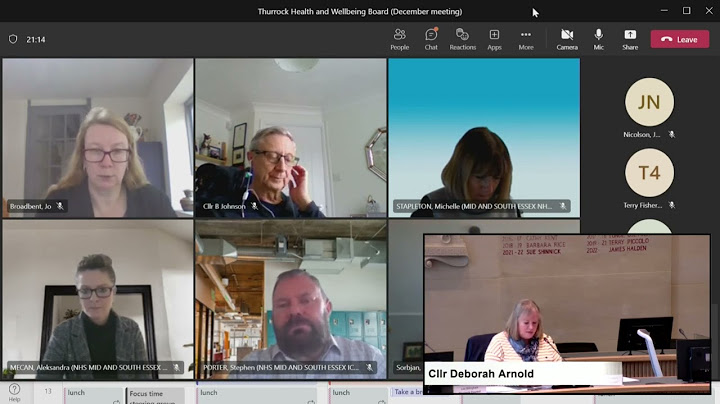Show Answer: Allied health professions are health care professions distinct from dentistry, nursing, medicine, and pharmacy. They provide a range of diagnostic, technical, therapeutic, and support services in connection with health care. Answer: Allied Health Professions are health related work or jobs that are not doctors, nurses, and dentists. Though, their job description still includes prevention, identification, and monitoring of diseases and disorders. There are two broad categories that govern them, the technologists and the therapist. Skip to content  Make Caring Your Career
Sign Up
The Association of Schools of Allied Health Professions defines allied health as the segment of the health care field “that delivers services involving the identification, evaluation and prevention of diseases and disorders; dietary and nutrition services; and rehabilitation and health systems management.” There are five million allied health care providers in the United States, who work in more than 80 different professions and represent approximately 60% of all health care providers. The number of allied health care providers is likely to grow as jobs in the health care industry will grow from 15.6 million to 19.8 million between 2010 and 2020. An increasing number of those jobs will require people with bachelor’s and graduate degrees. Some allied health care providers work collaboratively with other providers, including physicians, nurses, dentists and pharmacists. They may play roles in evaluating and assessing a patient’s needs, keeping the physician and others informed of the patient’s progress and caring for the patient. Others work independently as specialists in exercise, nutrition, health education, speech and daily function. The allied health professions fall into two broad categories: technicians (assistants) and therapists/technologists. Technicians are trained to perform procedures, and their education lasts less than two years. They are required to work under the supervision of technologists or therapists. Cardiovascular technicians, ophthalmic medical technicians and medical assistants are examples of careers in this category. The educational process for therapists or technologists is more intensive and includes acquiring procedural skills. In addition, students learn to evaluate patients, diagnose conditions, develop treatment plans and understand the rationale behind various treatments in order to judge their appropriateness and potential side effects. Educational curricula teach students to evaluate patients’ responses to therapy and make appropriate decisions about continued treatment or modification of treatment plans. Anesthesiologist assistant, neurodiagnostic technologist and pathologists’ assistant are three examples of allied health careers in this category. The following professions are included in allied health:
Learn More
Lynn Brooks, a former health care human resources executive and President of the Health Professions Network, reviewed this overview. Related CareersWhich is not an example of an allied health professional?Allied health professions are health care professions distinct from optometry, dentistry, nursing, medicine, and pharmacy.
Which of the following is an example of an allied health care professional?Allied health professionals, to name a few, include dental hygienists, diagnostic medical sonographers, dietitians, medical technologists, occupational therapists, physical therapists, radiographers, respiratory therapists, and speech language pathologists.
What is allied health quizlet?Definition. 1 / 278. A credentialed health professional with formal education and clinical training who provide ancillary medical services in various health care settings.
Which person would be considered an allied health professional quizlet?Allied health professionals include technicians, assistants, therapists, and technologists.
|

zusammenhängende Posts
Werbung
NEUESTEN NACHRICHTEN
Werbung
Populer
Werbung

Urheberrechte © © 2024 nguoilontuoi Inc.


















